In the video I created, I trace a surprising and sobering piece of medical history: how a chemical weapon from World War I helped spark the development of modern chemotherapy. This article expands on that story, explains how chemotherapy drugs work, outlines common side effects and their management, and highlights how far cancer treatment has come—and where it’s headed.
From Battlefield Poison to Cancer Treatment
During World War I, soldiers faced a terrifying threat on the battlefield: mustard gas. As described in the footage, the gas “made the air impossible to breathe, burned their eyes, and caused huge blisters on exposed skin.” It also did something less obvious but more insidious—damage to the bone marrow, the body’s factory for new blood cells.
That bone marrow damage pointed researchers to an idea: cancer cells, like bone marrow cells, are characterized by rapid replication. If a compound could stop fast-dividing cells, maybe it could stop cancer. In the 1930s researchers injected derivatives of mustard gas into cancer patients. Over years of trial and error, and despite initial toxicity, this work produced the first clinically useful chemotherapy drugs by the end of World War II.
How Chemotherapy Kills Cancer Cells
Chemotherapy uses cytotoxic agents—compounds toxic to living cells—to attack cancer. Because they circulate through the bloodstream, these drugs reach tissues throughout the body. Their power comes from exploiting a key vulnerability of cancer: rapid and frequent cell division.
Alkylating agents: attacking DNA during replication
One of the earliest and still widely used classes are alkylating agents. Once inside a cell, these drugs damage the molecular building blocks of DNA. When a cell pulls open its DNA to copy it, alkylating agents create lesions that can stall replication and trigger cell death if not repaired. Cancer cells, which spend more time dividing and often have impaired DNA repair, accumulate more damage and die at higher rates than most normal cells.
Microtubule stabilizers: freezing the cell’s scaffolding
Another important mechanism targets the cell’s internal scaffolding. Cells assemble tiny tubes—microtubules—to separate DNA and complete division. Microtubule stabilizers lock these tubes in place so they cannot disassemble, preventing a cell from finishing replication and leading to its death.
These are two examples from the broader set of drug types; clinicians now draw on six major classes of chemotherapy agents, each attacking cancer in different ways or at different stages of the cell cycle.
Why Chemotherapy Causes Side Effects
Because chemotherapy targets rapidly dividing cells, it also impacts healthy tissues that renew frequently. That’s why side effects tend to track tissues with high turnover:
- Hair follicles — hair loss
- Mouth and gastrointestinal lining — mouth sores, nausea, vomiting
- Reproductive system — potential infertility
- Bone marrow — low blood counts, fatigue, increased infection risk
The drugs don’t perfectly distinguish friend from foe. Normal cells typically have better repair mechanisms and can recover once treatment ends, but while therapy is ongoing the collateral damage causes the classic chemotherapy symptoms.
Managing Side Effects and Supporting Recovery
Medical care around chemotherapy focuses heavily on reducing these harms while preserving anti-cancer effects. Common supportive strategies include:
- Anti-nausea medications: Modern antiemetics are very effective and are routinely prescribed to control vomiting and nausea.
- Cold caps: Cooling devices reduce blood flow to the scalp and can limit drug delivery to hair follicles, decreasing hair loss for some patients.
- Blood growth factors and transfusions: These help restore bone marrow function or compensate for low blood counts.
- Fertility preservation: Options such as sperm or egg banking are discussed prior to treatment when appropriate.
Crucially, many damaged healthy tissues heal after treatment ends. Bone marrow, the lining of the gut, and hair follicles generally recover and resume normal renewal over time.
Impact: Lives Saved and Numbers That Matter
Chemotherapy—often combined with surgery, radiation, and newer targeted therapies—has transformed cancer outcomes. To put the scope in perspective:
- In 2018, over 17 million people worldwide were diagnosed with cancer.
- Advances in treatment mean that up to 95% of people with testicular cancer now survive.
- For acute myeloid leukemia (AML), an aggressive blood cancer, chemotherapy puts roughly 60% of patients under age 60 into remission after the first phase of treatment.
The Road Ahead: More Precision, Less Collateral Damage
Researchers are working to make cancer treatment more precise—interventions that target tumors while sparing healthy tissue. These include targeted drugs, antibody–drug conjugates, immunotherapies, and personalized medicine approaches that identify the specific vulnerabilities of each patient’s tumor.
As these technologies mature, the goal is clear: preserve and improve the life-saving power of chemotherapy while reducing the side effects that make treatment so difficult for patients.
Conclusion
The history of chemotherapy is an example of how science can transform tragedy into progress. From the poison clouds of World War I to the life-saving regimens used today, chemotherapy remains one of our most powerful tools against cancer. We’ve learned to mitigate many of its harms, and ongoing research promises treatments that are both more effective and kinder to the healthy tissues that make a life worth living.
“It made the air impossible to breathe, burned their eyes, and caused huge blisters on exposed skin.” — the deadly effects of mustard gas that unexpectedly inspired a new way to fight cancer.


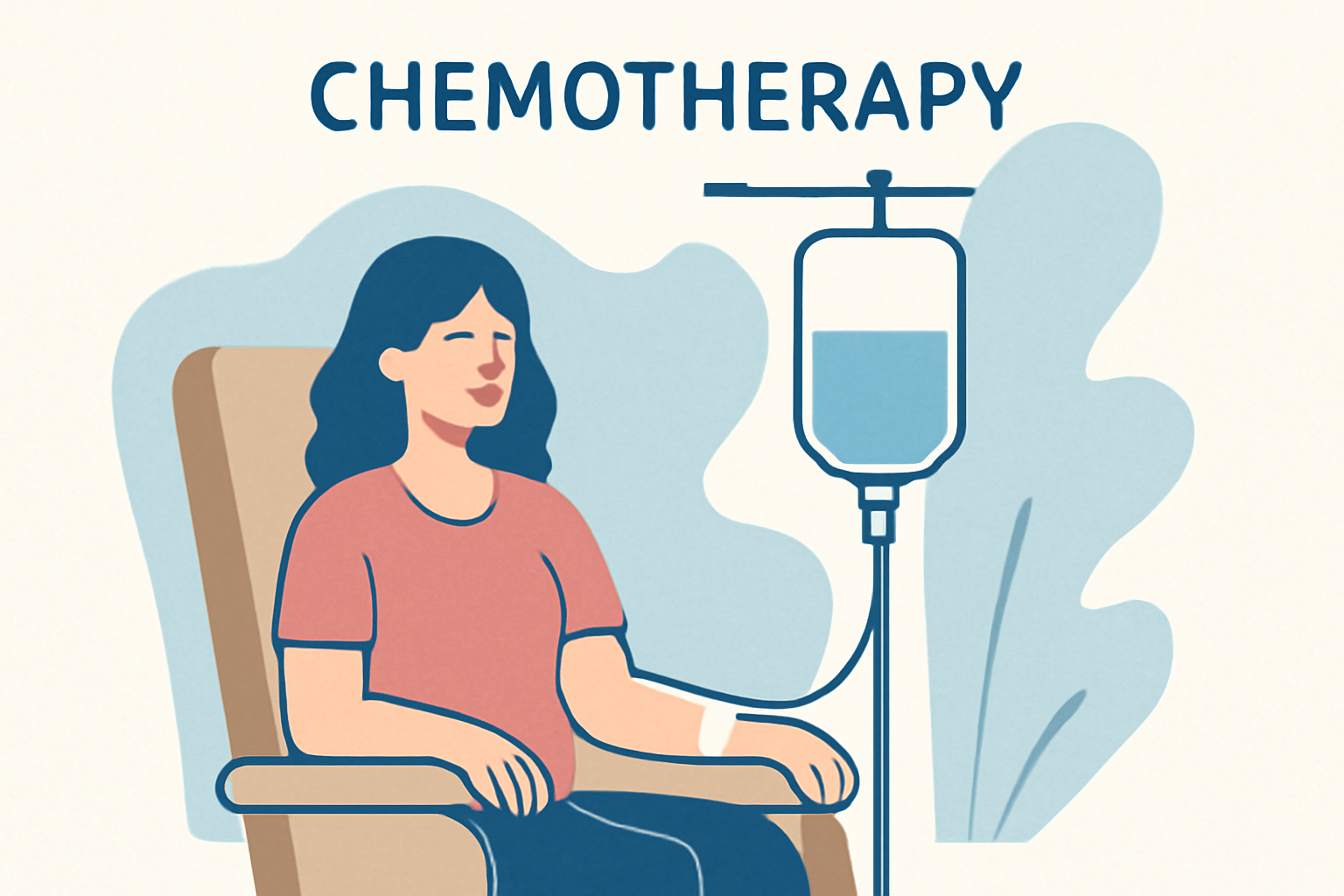

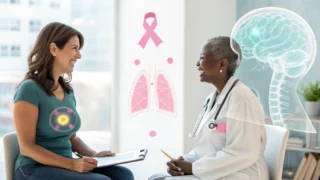


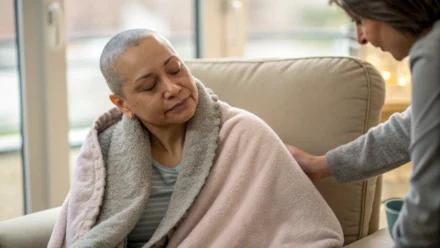

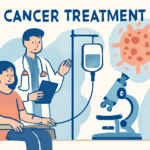
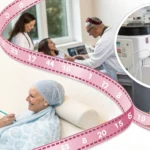
Leave a Comment